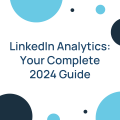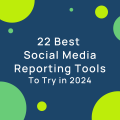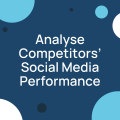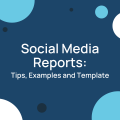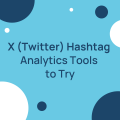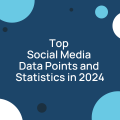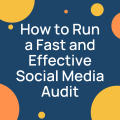How Social Media Analytics Can Help You Discover Major Issues With Your Brand
Ivan Ivanov posted on 13 December 2017
The most popular use of social media analytics is for the review of a campaign ran on a particular platform. Of course, digital marketing agencies and experts across the globe also use insights in a variety of different ways.
Some check how the competitors of their clients are doing, while others use market reports to provide detailed reviews of the performance of specific brands on social media within an industry. Yet, in almost every case, data from social media is used primarily for marketing campaign measurement.
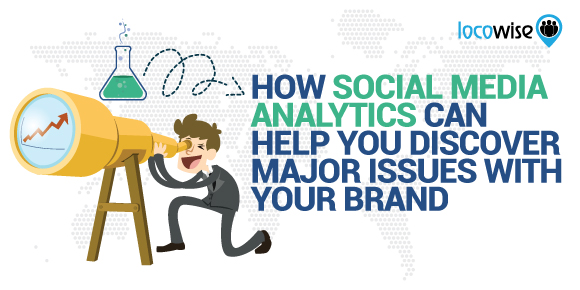
Nevertheless, in certain situations, insights that come from social networks allows you to tap deeper into the performance of a particular brand on a market. Allowing customers to directly interact with a given business within a platform of choice, social media can be a powerful tool that helps you uncover deeper insights about your audience. This can include, above all else, brand recognition, conversion optimization tactics and more. Yet, these items are also within the realm of marketing.
And while the analysis of social media data can lead to some dicey conclusions, chances are you might be able to unearth some truths about your brand that you can’t find anywhere else. Within a margin of error, social media analytics can help you realize problems with your brand or business that you might not otherwise be able to directly pinpoint with any other marketing tools or strategies. That being said, here are a few thoughts on the matter that will hopefully help your company in the long run.
Word Cloud Analytics are the Go-To Tool for Brand Performance
The first and most obvious insight to bring any brand issues to light is the social media word cloud. One of the most direct ways to see how your audience perceives your brand, it allows you to understand the exact nature of the response you get from your audience within a simple glance.
Built by measuring the set number of times certain words are being used when your customers interact with you on social media, a word cloud often contains the direct overall response of your audience without the need of analysis of each individual comment.
This social media tool is as simple as analytics get, yet the potential of uncovering an issue within your company is rather huge. Every brand often gets a few hate comments from an irritated customer or an audience member. Yet, if you have words such as “problem,” “issue” or other negative terms within your word cloud, you’d be directly aware that there are certain items on your corporate to-do list that you should definitely address.
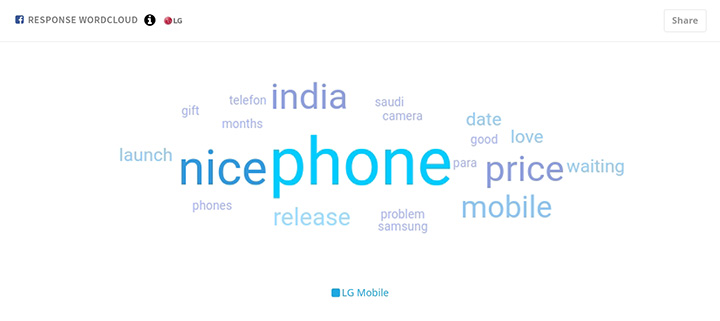
The main issue with the word cloud is that it often leaves you pondering where a certain issue might come from. Plus, a collective of negative terms might be the result of multiple small problems that end up piling up. Whatever the case might be, seeing the “big picture” of your brand on social media in a word form, the tool can be extremely helpful in damage control, before things go out of hand.
Having a customer service interaction on social media can be a great way to directly address issues your audience might have with your business promptly without the need of a big investment. Nevertheless, remember that when doing so, the interaction is often best kept private in a message form rather than public in the form of post comments or comment replies.
Audience Demographics and Target Group
One of the most interesting ways you can uncover major issues within your current business plan and/or strategy is by comparing your social media demographics with your expected target audience demographics.
Of course, there are a few things you should keep in mind when using such data as a source for business strategy improvement. For starters, the demographics analytic can be directly affected by post promotion and advertising on a given social media, especially if this is done via microtargeting.
For example, if you promote your page to target women, you are most likely to have a bigger female audience. Yet, if we exclude the post promotion, the majority of the audience of your actual product or business might be men. The best way to retain the ability of honest target audience comparison is to run multiple marketing campaigns microtargeting a range of different demographics.
The other item you should address with care when comparing your Facebook analytics with your existing target group is that your audience on social media is a direct reflection of your brand presentation on that given platform. What this means is that the demographics will directly reflect the type of posts and content that you use within your content strategy. Meaning, if you use viral videos to boost your page growth, the demographics might be more closely related to that particular content than your brand and/or business.
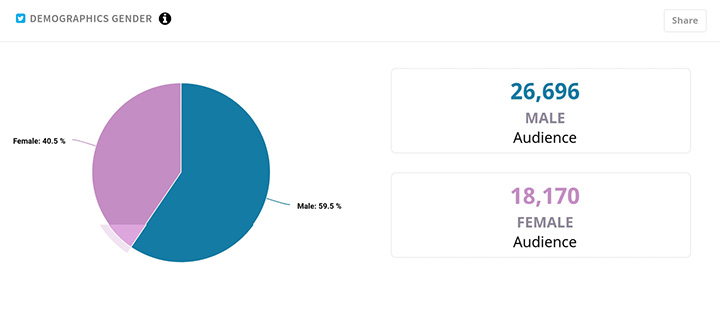
Nevertheless, in both cases, the difference between your target demographics and your social media demographics does present a clear issue within your business model. Depending on the nature of the issue, the primary causes of the issue can be boiled down to two options. Either you have planned for an incorrect audience and you should rethink and adapt your business model to fit a new demographic target or your brand is being misrepresented on social media and is thus achieving a different demographic target that doesn’t really help out your business and/or brand in any way.
Audience targeting is one of the most powerful tools in marketing. Yet, due to prior planning, you might end up losing revenue due to improper audience targeting. In addition, understanding issues that your target audience has with your product/service might help you improve your product/service to better fit that particular audience you are after.
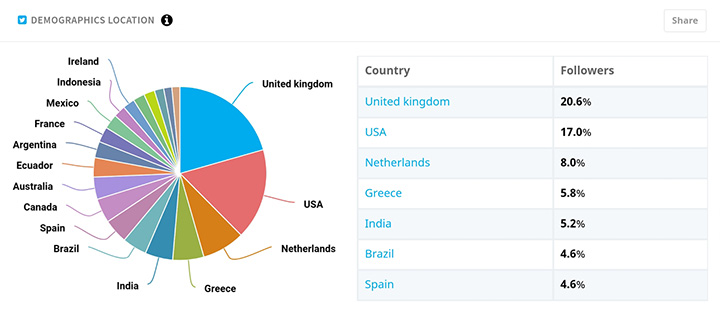
The Audience Growth Dip and What it Shows
For the most part, an audience growth graph is usually a straightforward line with a slight angle of curve to signify the growth of the following of a brand on a social media platform. Depending on certain marketing issues, the graph might head in a downward trajectory, but for the most part, the problems with the brand are obvious.
In almost each and every industry online, it’s far more difficult for a person to decide to “unfollow” or remove a “like” from a page or a profile, than it is to do the opposite. That being said, if your audience growth is hitting negative numbers, it’s almost certain that you are already aware of what is going on within your business that makes people act this way.
Of course, note that, as the chart is reflective of the actual growth, it might be in a negative percentage compared to a previous period, due to a slow-down in the growth itself.
Nevertheless, the way this graph is actually able to show you issues with your brand is with its unexpected “dips.” Running a business and a social media marketing campaign are both difficult and time-consuming tasks. So, there are often occasions in which you might find yourself missing a certain active issue that your audience itself has managed to resolve or forget in a short period of time.
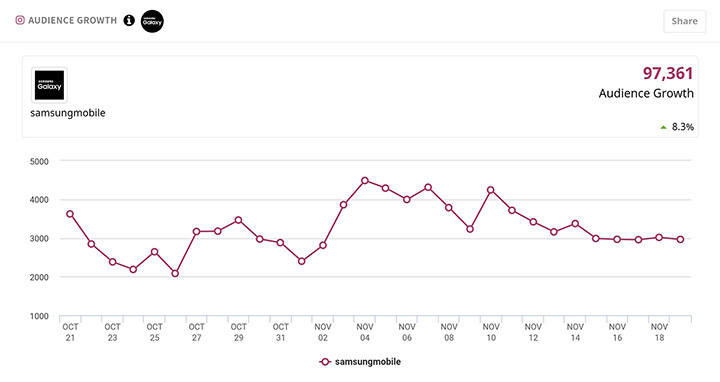
By taking a note of an audience growth dip for a small period of time, that is noticeable, but you can’t directly explain, you can pinpoint the exact time at which the dip happened. This will allow you to examine the matters surrounding your brand and business at that particular time and eventually find an issue that you didn’t know existed. What’s more, even if the problem was small and if it was resolved quickly, learning about it can help you avoid such issues in the future.
The Direct Comment Responses of Your Audience
Although not particularly a measurable social media metric (outside of their total number), the direct comments from your audience are one of the best tools that helps you uncover issues within your business. Usually the way you’d go about it is by scanning through the comments posted by your audience and pinpointing anything that might stand out.
In Locowise for example, this process is highly simplified, allowing you to access all of the comments from your audience for a certain period of time in a nice interactive and visual manner that allows you to scan them quickly.
By doing so, you might be able to uncover certain issues or problems within your business and/or brand which you were unaware of and resolve them. Plus, in combination with the word cloud, you are able to pinpoint exact issues (with the word cloud) and then simply go through the comments finding the specific instances in which customers were mentioning the certain terms in their comments.
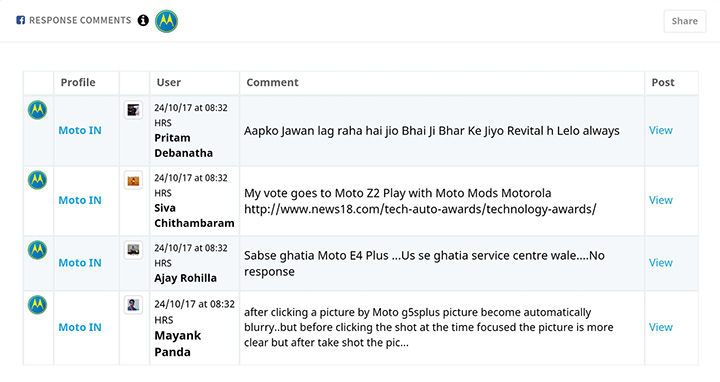
Want to have access to our wide array of analytics and tools to be able to uncover all the insights about your business and/or brand? Sign up for a free 7-day trial of Locowise.com today!


